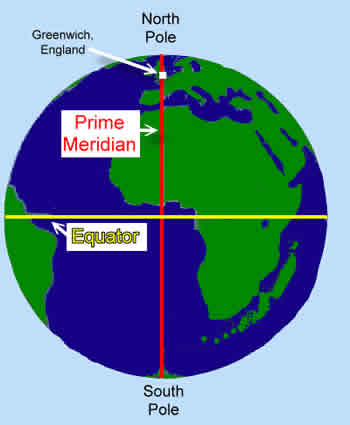
Meridian Flow Chart (The Daily Qi Current of the 12-hour Division)Īs shown in the above chart, qi is more prevalent in different meridians at different times. At certain times, both qi and blood have maximum flow in particular meridians which are outlined below. The three yins of the legs go from the feet to the abdomen.” Qi is continuously circulating through the meridians in a daily cycle.

The three yangs of the legs go from the head to the feet. The three yangs of the arm go from the hands to the head. The Huang Di Nei Jing (The Yellow Emperor’s Classic of Internal Medicine) says, ” The three yins of the arm go from the organs to the hands. The twelve meridians follow specific time schedules and pathways. The following figure has illustrated the general distribution of Meridians on the limbs. Again, the three names have described the variation of yin Qi and the degree of darkness at that position. c) Shao Yin (meaning lesser yin) has a posterior position. b) Jue Yin (meaning absolute yin) has a middle position.

The order and arrangement of the three yin meridians are as follows: a) Tai Yin (meaning greater yin) has an anterior position. Similarly, the position of Shao Yang and Yang Ming are located at more anterior regions where less sunlight is received. Since most animals’ backs receive the greatest amount of sunlight, the back or posterior region is usually named as the Tai Yang position. They can also be interpreted as describing the variation of sunlight received. The three names have described the variation of yang qi ( pronounced chee). c) Tai Yang (meaning greater yang) has a posterior position. b) Shao Yang (meaning lesser yang) has a middle position. The six yang Meridians are distributed on the outer side of the limbs and on the head, face and trunk.Īs shown in the diagram, the order and arrangement of the three yang meridians for both arms and legs are as follows: a) Yang Ming (meaning sunlight yang) has an anterior position. The six yin meridians are distributed on the inner side of the limbs and on the chest and abdomen. The twelve Meridians have lateral and symmetrical distribution on the head, face, trunk and limbs. Name of the twelve Meridiansĭistribution of the twelve meridians in the body Since the twelve meridians make up the majority of the Meridian System, they are known as the regular or principal channels. It should also be noted, the organs mentioned here have a much broader meaning in TCM then what is typically thought of their functions in western medicine. They are functional units in Traditional Chinese Medicine (TCM).

The triple burner and the pericardium do not refer to anatomical structures.

They include three arm yin meridians (lung, pericardium, heart), three arm yang meridians (large intestine, triple burner, small intestine), three leg yang meridians (stomach, gall bladder, bladder), and three leg yin meridians (spleen, liver, kidney). The twelve meridians are named according to their corresponding organs, limb positions and yin and yang properties. There are 12 Organ Meridians and each is associated with an organ a time and an element (see 5 Element theory) To the experienced practitioner or TCM therapist this can be used for diagnosis. The Meridians are directional pathways of the energy flow of Qi through the body, it could be said that the Qi flows through each different pathway(Meridians) in a peak flow at specific times during the day – in essence a 24 hour human body clock of qi flow.


 0 kommentar(er)
0 kommentar(er)
